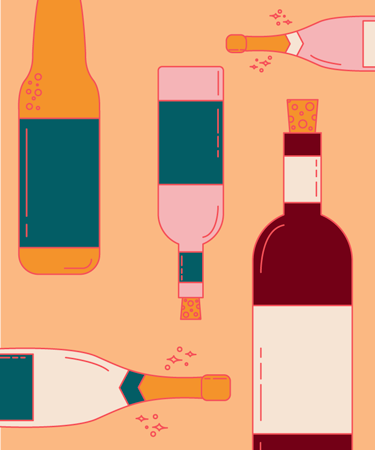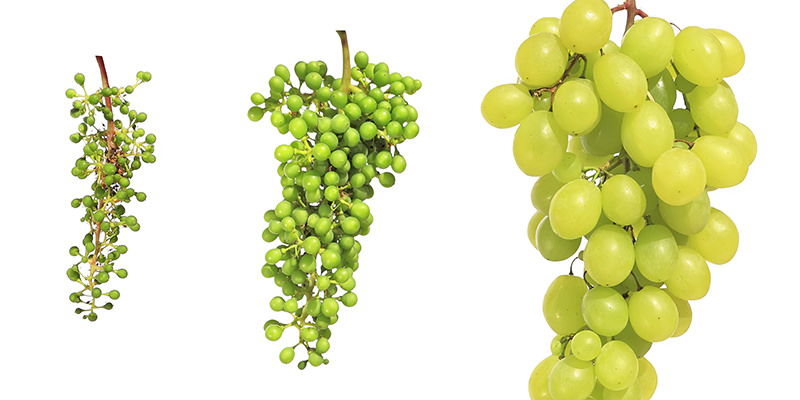Shatter is one of those wine terms that doesn’t sound at all like what it actually means. In the context of a vineyard, anyway, “shatter” sounds like some kind of sub-zero grape catastrophe. (We’re imagining picking up shards of Chardonnay.)
In the context of a vineyard, “shatter” refers to the phenomenon wherein a grape cluster fails to develop into maturity. It’s like when your man-friend Kyle clings to Peter Pan syndrome for dear life—maturity ain’t gonna happen, and no fruit shall be borne therefrom. Or something. Except here, the cause isn’t a fear of responsibility or Xbox addiction. It’s a matter of harsh climate conditions that create a failure to pollinate.
Known as “coulure” in French, the main cause of shatter is the climate—if it’s too cloudy or cold or temperatures are too high, flowers on the grape vine will remain closed and therefore can’t be pollinated. Un-pollinated flowers don’t turn into grapes. And invisible grapes make terrible wine. As it turns out, some grape varietals are more prone to coulure/shatter than others, with Merlot, Malbec, and Grenache high on that list.
The technical cause of shatter has to do with carbohydrate preservation. A vine with low sugar/carbohydrate levels will conserve them, denying the flower and grape for the good of the plant overall. In a way, it’s a useful kind of biological adaptation, the way a vine protects its interests (being alive), even if it comes at the cost of our interests (drinking delicious wine). But widespread shatter—and again, Malbec is hugely prone to it—can create a crisis for a vineyard, one that’s not easy to recover from. Ways to avoid shatter include using grape varietals that aren’t prone to it (or clones of those that are prone to it), not over-pruning (since leaves are necessary for photosynthesis, and the production of carbohydrates in the plant), trimming the vine (when new shoots threaten to compete with already developing grapes), and not over-fertilizing the soil (too rich soil tends to yield a lazy plant, minimizing photosynthesis).
Consumers won’t tend to hear so much about shatter. In fact the only way it might impact you is in the scarcity of a given wine, or slightly higher prices.

